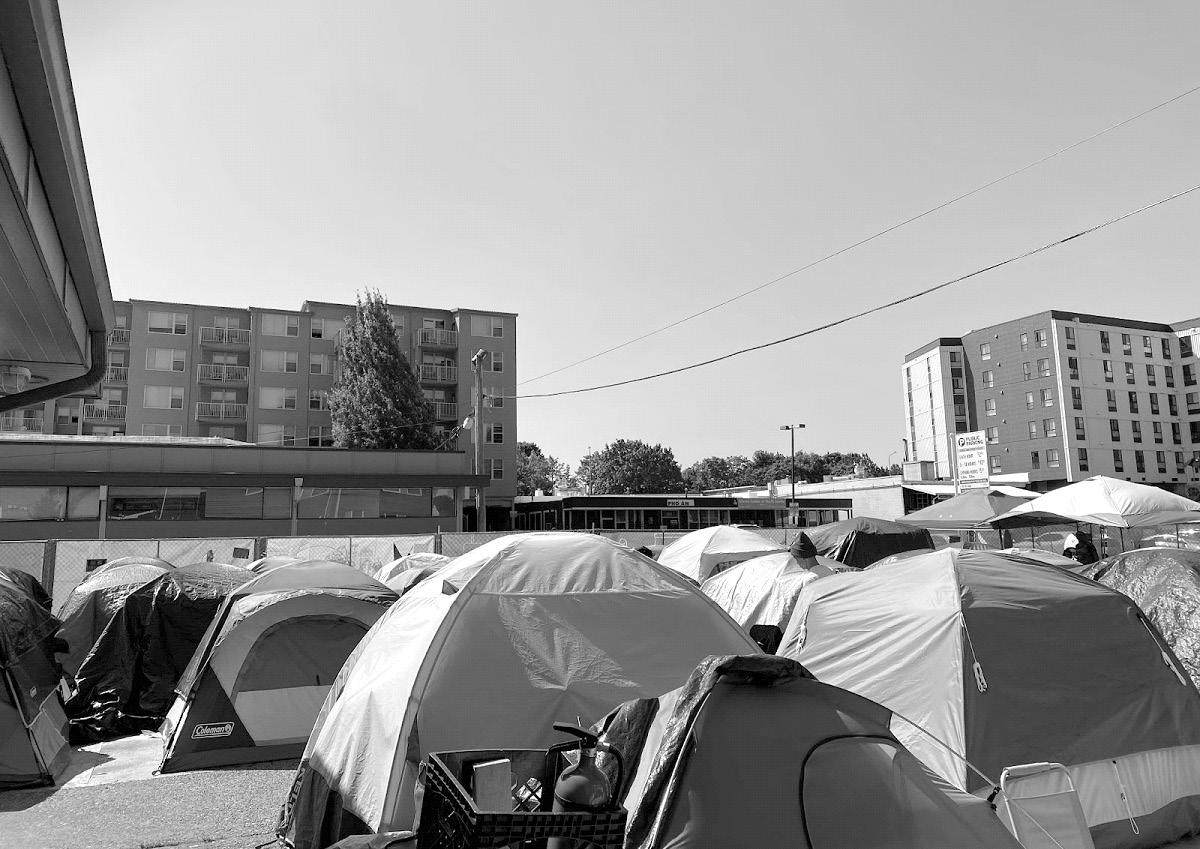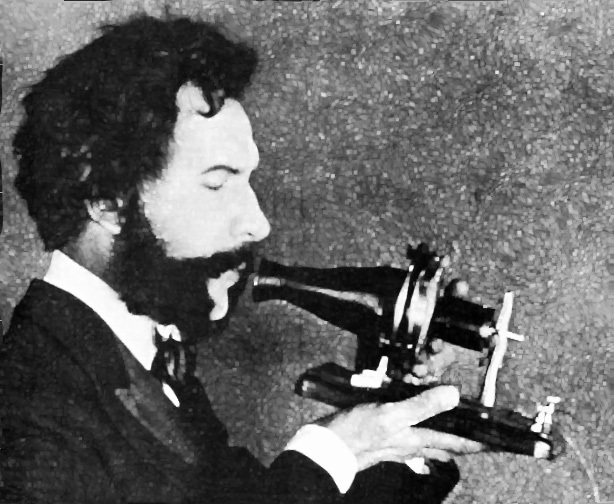Telecom Informer
by The Prophet
Hello, and greetings from the Central Office!
It's winter in the Great Northwest, and we are still recovering from this fall's "bomb cyclone," the worst storm since the "Thanksgiving Eve" storm of 2006. As you can imagine, it was very busy around here with service calls and our outside plant is still not entirely restored. One of the biggest problems is that staffing has been cut back so much that even when the company sends technicians from all over the country and offers unlimited overtime, recovery takes weeks longer than it used to. This backs up new installations, especially complicated ones, which is a problem I'm now starting to deal with.
Honestly, I'm not sure how to handle the installation order I'm now looking at. There isn't an actual address. In the Seattle area, like many cities throughout the United States, there is a homelessness crisis and informal settlements have been popping up all over the place. These settlements come in a hierarchy; some are completely unauthorized and unsanctioned encampments at constant risk of being disbursed by police. Then there are encampments of people living outdoors with some level of organization, usually with some level of permission (often time-limited) to be there. There are homeless shelters, which are often in buildings that are in varying stages of near-demolition and/or condemnation (obviously, most of these locations haven't been upgraded with fiber to the premises). Finally, some of the informal settlements have, once sufficiently established and with city support, turned into semi-formal "tiny home" settlements (although "semi-formal" might be a generous description).
No matter which of these you're looking at, these are mostly places where people are living without formal addresses or regular access to utilities. The people living there are on the margins of society. They're very often unbanked, and may not have formal identification. When you think about it, unless you're at ToorCamp, you can't ask any phone company to run broadband to your tent.
Even if there was a practical way to order broadband (and some emergency housing does have paid Wi-Fi), people who are living on the margins don't have the ability to pay for it. Internet service was available to part of this population via under-powered smartphones issued through the Lifeline program, but funding for the Affordable Connectivity Program (ACP) ended in June, 2024 and hasn't been restored by Congress. This means that most of these services have an extremely limited (if any) data allowance, and it's hard to use anyway given the poor specs on these devices.
In Seattle, that's where the Seattle Community Network comes in. As a grant-funded non-profit, SCN provides Internet services at no charge to people at a total of ten sites in Seattle. The service is delivered over Wi-Fi, which amounts to a fairly standard mesh network bill of materials:
- Wi-Fi Access Points
- Gateway Router
- Backhaul Capability
- Switches (With an appropriate number of ports)
- Outdoor-Rated Ethernet and Power Cable
- Backup Battery (Power can be unreliable in the Great Northwest)
- Network Monitoring (With out-of-band connectivity)
From a hardware and deployment perspective, this really doesn't look a whole lot different than deploying Wi-Fi to an RV park. It's essentially the same setup. However, from a backhaul perspective, this is dramatically different because installing residential service requires a residential address. The Business Office will not deliver residential service to a business address, and will definitely not deliver residential service to a nonexistent address.

Fiber-to-the-Tent is Not in Our Service Catalog
The order I'm working on is for a site that hosts a fairly large encampment and has been limping along with a 5G router donated by the Seattle Public Library. Unfortunately, the 5G service is deprioritized and pretty much doesn't work during rush hour. Of course, there is fiber on the pole right next to it, and nearby residences enjoy GigE speeds. The problem is getting service installed where Seattle Community Network can actually use it.
To install and provision service, I need an installation address, and the installation address needs to be in our GIS instance as provided by Network Planning. It also needs a postal address for billing (even if the billing address is not the service address, the service address also needs a postal address). In this case, there isn't a postal address (it's a landlocked parcel which contains a parking lot repurposed as an encampment), and the address isn't residential.
Installing commercial service would be possible on the adjacent parcel (which is publicly owned and generally cooperative), but wouldn't be ideal because commercial IP addresses cause problems for the residents in accessing consumer sites. Commercial service is also considerably more expensive, and isn't strictly required under the residential Terms of Service for this particular application. While it would technically be possible to install fiber to these premises, I'd have to interact with Network Planning to get the property "on the map." This will take months, cause me endless headaches, and is something I would prefer to avoid if at all possible.
Network Planning keeps track of every network asset that the company has, and every location the company serves. They do important work, and they do it very slowly. It is possible to onboard a new location into the GIS, but there is a heavy business process (which is really designed for new developments) and it requires reams of documentation (zoning, building plans, intended number of residents, construction materials used, permits obtained... the list goes on and on for pages and pages, over weeks and weeks) to be filed. If I try to process the order as-is, I know nothing will happen for months (at best). There will instead be endless reviews and escalations.
Instead, I picked up the phone and called the technical contact on the order form.
"I see that there are multiple residential buildings within line of sight of your location. Do you think any of these would cooperate and let you install some equipment on their rooftop?" I asked. "We could do a residential drop to those premises, and you can probably figure it out from there. Otherwise, I think we're many months away from an installation," I explained, adding that we were also short-staffed due to storm recovery.
As it turns out, one of the buildings within line of sight was happy to cooperate, as it would likely mean less usage of their free public visitor Wi-Fi which was heavily overloaded. I love these kinds of installations, because fiber-to-the-premises infrastructure is already in place. Since it was a "self-install," all I needed to do was provision the circuit from the comfort of my desk, and SCN handled the rest! Based on network monitoring, it seems that the deployment was a success because it is heavily utilized, with a surprising percentage of web activity aimed at sites for senior citizens.
And with that, my Nightmare Before Christmas is over. I don't have to deal with Network Planning! However, this winter is exceptionally difficult for an ever-greater number of people in need. Many projects are springing up around the country (and even around the world) to provide reliable connectivity in places where people can't afford it. There is a massive need - projects like SCN have barely scratched the surface. And I can assure you that Network Planning has no idea how to handle informal settlements. Nothing about that department is informal!
Stay warm this winter, and I'll see you in the spring.

